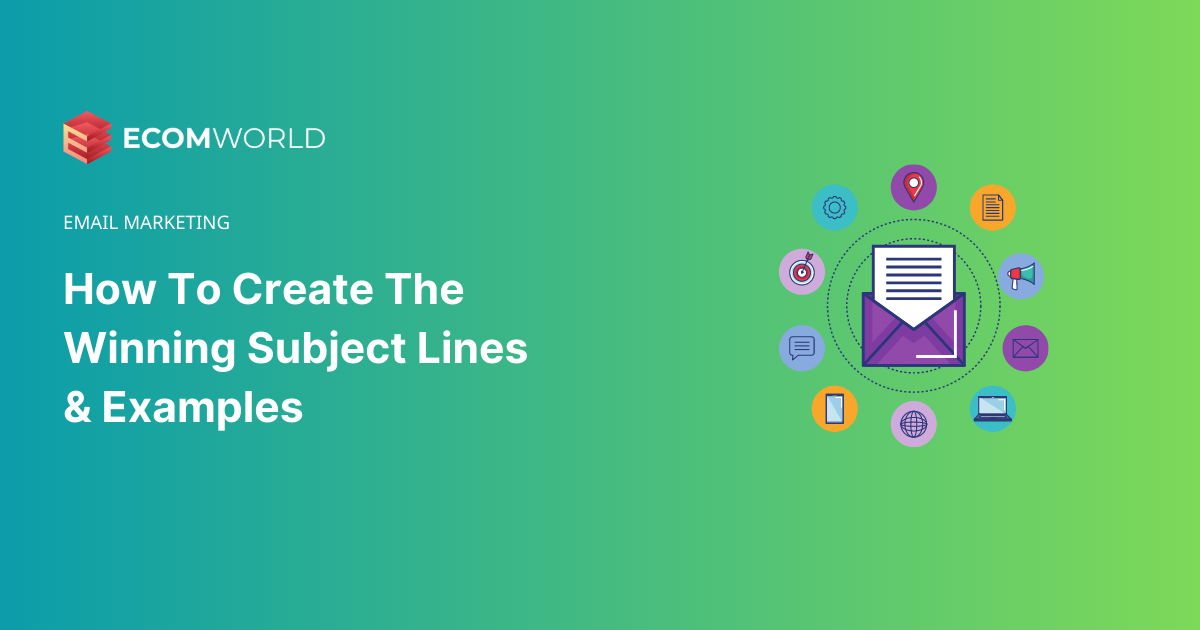Table of Contents
To generate email subject lines that yield high open rates, it’s advisable to examine a selection of exemplary examples and scrutinize the recurring patterns they exhibit.
Personalize your email subject lines
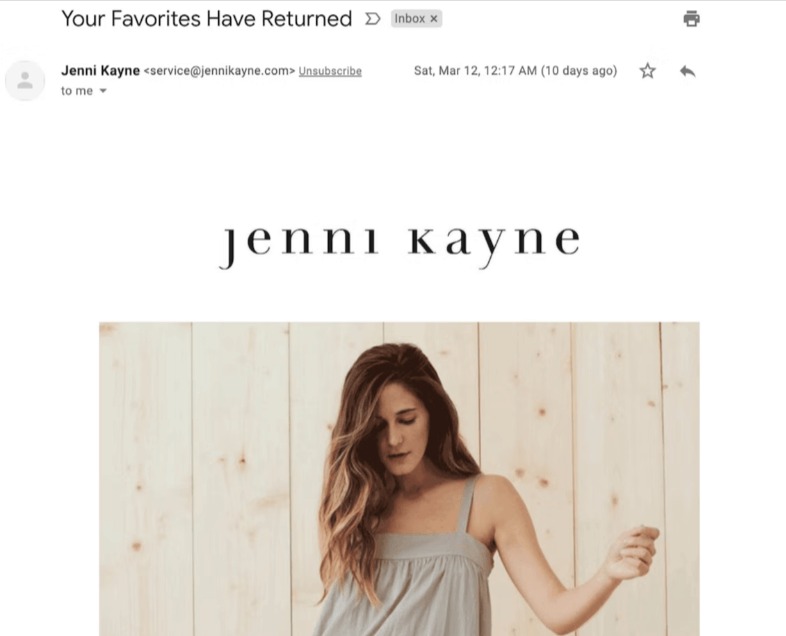
Despite its effectiveness in boosting open rates, personalization in subject lines remains uncommon. In general, larger companies are more inclined to employ personalization techniques. Mid-market companies incorporate personalization in subject lines for approximately 3.2% of their emails, while small to mid-sized businesses utilize personalization for only 2.7% of their email communications.
You can also personalize your content based on comprehensive event data such as:
Recently viewed products
Items ordered
Abandoned carts
Most viewed products
Example: [Name], Army Shirt Collection is here >>>
Keep your subject line short
Subject lines become wordier, subscribers are less likely to open emails. On average, subject lines across all business sizes are about 7 words long (including emojis), or about 36 characters.
Example: Happy International Mother’s Day🎉, [Name]

Urgent and FOMO
The fear of missing out is one phenomenon that can drive customers to act quickly. It’s also a great hook for an email subject line. Subject lines that contain a word in all caps or language like “important” or “attention” earn higher open rates.

Example: [ATTENTION], Last Day Free Phone Case
Make your subject lines conversational
A conversational and friendly tone of voice is far better than a robotic statement in the context of email subject lines. People tend to pay more attention when you talk directly to the
Example: RE: Your Tee is coming, [Name]
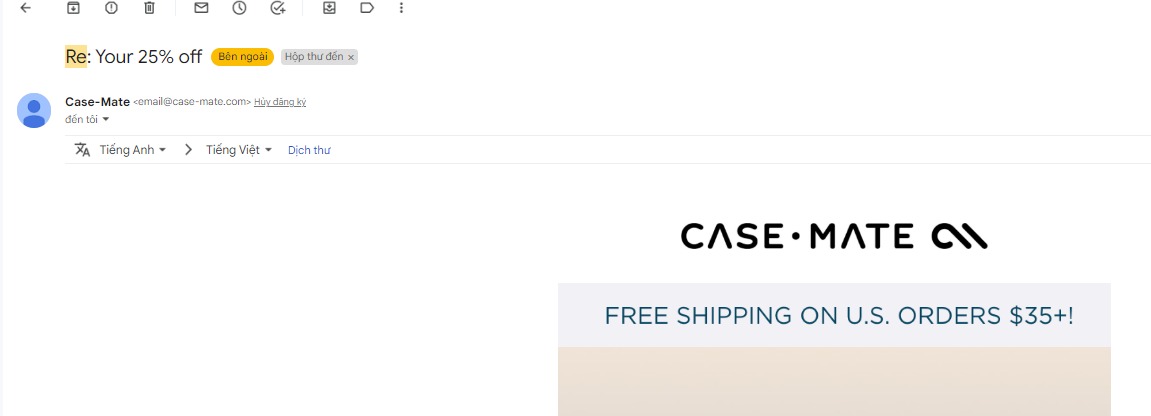
Consider the context for every email subject line
Imagine if customers had a dedicated inbox just for their emails. Sounds great, right?
Unfortunately, this is far from reality—which is why you should consider every other aspect that might affect the performance of your emails.
They’ve considered the context of the moment:
Their email will likely end up in the promotions tab.
They’ll be in a view full of emails from other brands offering discounts for the holiday.
If they want their subscribers to open their email, it’s got to stand out.
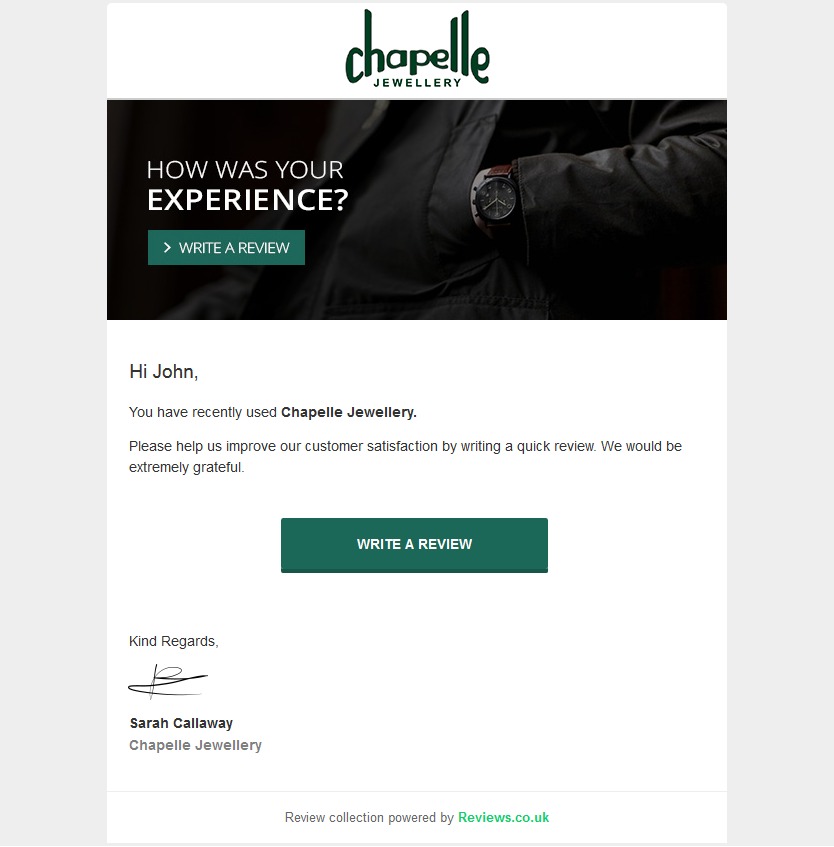
Including an offer in the subject line heading
When you have a specific offer for your customers, including it in the subject line, it is a smart way to increase your open rate.
Being straightforward and telling customers what they can expect inside the email can help you reach a high-intent audience.

Alternatively, consider a different kind of “discount,” such as a free gift with purchase or free shipping.
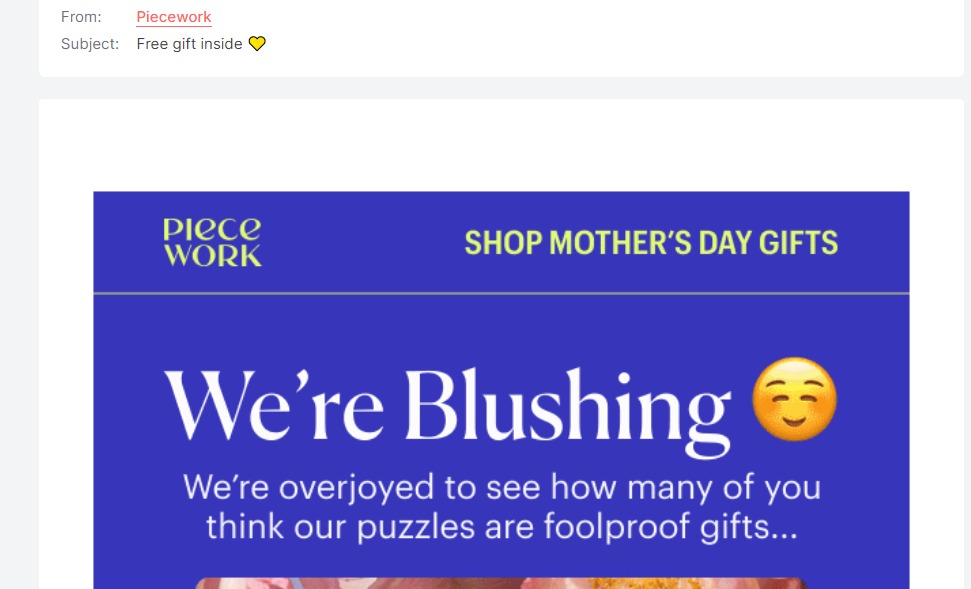
Test emojis, but don’t overdo it
If you’re trying to stand out in a crowded inbox, you might think emojis would be an effective way to get noticed.
But don’t let your trigger finger get too itchy: Our research found that emoji usage is actually quite popular. Around 40% of subject lines use emojis. That means you might actually be blending in rather than standing out by inserting that melting face or a heart emoji.
Here are some quick tips for using emojis in the subject lines:
Don’t use more than one.
Use emojis to amplify the message, not replace words.
Remember the goal of the subject line is to deliver a clear message. If an emoji helps you do that, go for it.

Preview text is important – use it
You can use the preview text section to give readers a sneak peek into your email. If you don’t set the preview text, the email client will automatically use the first sentence of your email copy, wasting an opportunity to drive opens.
Digital marketing expert Abby Siciliano emphasizes the importance of preview text. “Leverage the pre-header text area to elaborate on the story you’re telling,” she says.
The amount of text that shows up depends on the email client and the device the customer uses to check the email, so be sure to always test email subject lines before sending.

Use a familiar sender name.

That name recognition we mentioned earlier doesn’t just apply to the famous — it applies to the familiar. When setting your sender name, be as human as you can. “If the ‘from’ name doesn’t sound like it’s from someone you want to hear from, it doesn’t matter what the subject line is,” explains Copy Hacker’s Joanna Wiebe. Ultimately, people are busy, and they simply don’t bother with you if you don’t sound like someone who would make for an easy (or at least friendly) conversation.
Avoid the ‘no-reply’ sender name.
Thanks to the amount of spam people get these days, most people hesitate to open emails from unfamiliar senders. And, even fewer people like talking to a robot. Think about when you call a company and can’t get a hold of an actual person. It’s frustrating, right? This goes for email, as well.
Never use “[email protected].” Instead, avoid using a generic email address and send the email from a real person.

Make people feel special.
The right phrasing can make your recipients feel special — and the effect can be magical. A few ideas for phrasing include:
“For our beloved customers only”
“An exclusive offer for you”
“My gift to you”
“You’re invited!”
“Private invite”

Use numbers.
Using data and number is a great way to get your emails noticed, show a clear and straightforward message about your offer.

DON’T USE ALL CAPS or overuse exclamation points!!!
All caps lock makes subject lines appear like spam and won’t cause your email to be opened. So try personalizing your emails, creating relevancy, and using catchy and beautiful language to stick out in people’s inboxes rather than adopting disruptive strategies like these.

A/B test your subject lines.
Although these tips and best practices are a great place to start, what works best for some companies may not work as well for others. It’s all about figuring out what works best for your specific audience. That’s where A/B testing comes in.

Conclusion: The aforementioned tips are valuable for enhancing open rates across all types of businesses. Each tip can be tailored to suit the specific nature of your business and the products you offer. By experimenting with these tips, you can identify and implement the most effective strategies that work best for your particular business.

